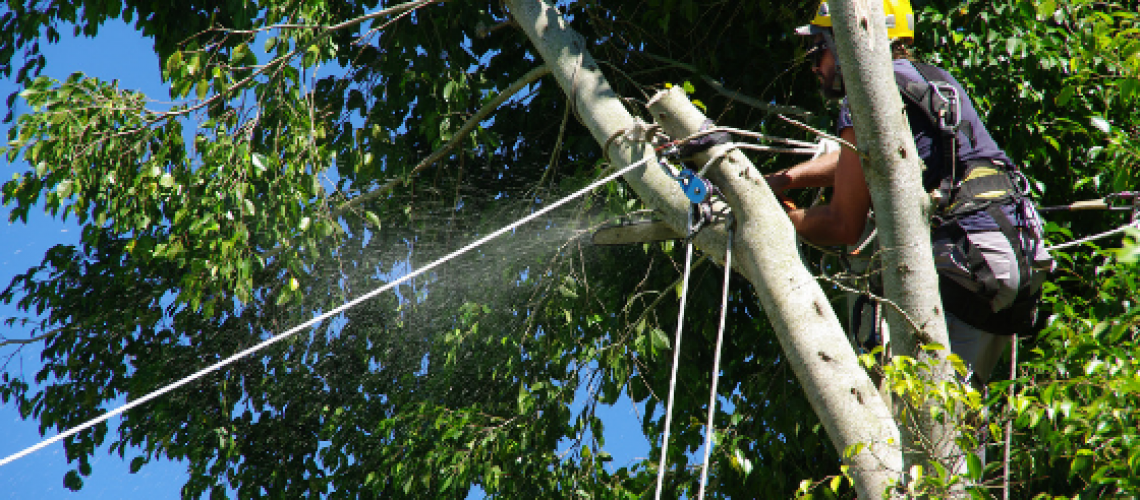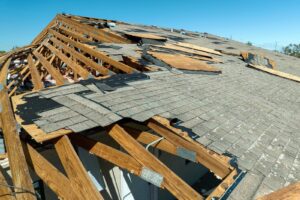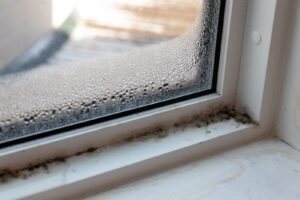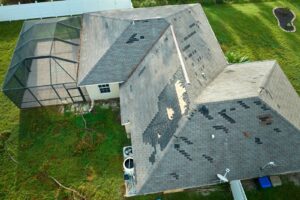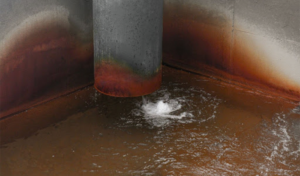The best time to prepare for a storm is long before it happens. Be sure that your house is storm proof with a few of these methods. Better to be safe than sorry!
Upgrade the Structure
Structural damage is common during storms, especially if structures are old or outdated. Having a strong foundation and a structure that can withstand a storm is the first step. Prevention is much better than clean up. If you anticipate heavier than usual snowfall in your area, ensure that your structural support is ready before the season hits. Take special note of stand-alone garages and garden sheds. Often times these structures are not built up to code and can be easily damaged by weather. Minimize the risk of the roof collapsing or blowing off completely during bad weather by upgrading structures before storm season.
When building decks and patios, be sure that you are using durable materials—such as wood or composite material. Composite is generally more durable and resistant to water damage. Decks and patio need to withstand a lot of weather exposure.
Check deck banisters, house shutters, and any other vulnerable structures before storm season. Be sure they are firmly attached. It may also be a good idea to clip away any tree limbs that are close to the house. Tress can be blown over or have branches taken off during storms—causing damages to nearby structures.
Avoid Water Leakage
One of the best ways to prevent damage is to avoid leaking water. Water damage can spread easily and be costly. Do what you can to keep moisture out. Any water or moisture that penetrates your home can lead to mold growth, water damage, or rotting wood. When rain is pouring, it can be tough. Especially when rain is coming at an angle due to the wind. When water is involved small issues can quickly become major and costly. Painting and staining surfaces regularly will help to create another barrier to moisture.
Regular Maintenance
Keeping up on regular maintenance around your house will also help to prepare you for storm season. Trim away and trees that are near the house that could cause damage when combined with strong winds. Inspect gutters and downspouts annually to ensure they are functioning properly. Check for leaks in gutter seams—this can lead to wood rotting and other problems.
Fill in any cracks, be sure that your structures are completely sealed. Check caulking and wood shrinks—these can easily crack over time.
Check your roof before storm season. Look for any loose shingles, moss, cracked tiles, or other vulnerabilities.
Be Prepared
Despite your best efforts, you may not always be able to prevent storm damage. Be prepared for the worst. Invest in batter backups and an electric generator in case of a power outage. Ensure that you have food and water storage, enough to cover each member of your household for at least 72 hours. Having 72-hour emergency kits with necessaries to make it through dangerous situations is also a great idea. You’ll rest easy when you are prepared.

